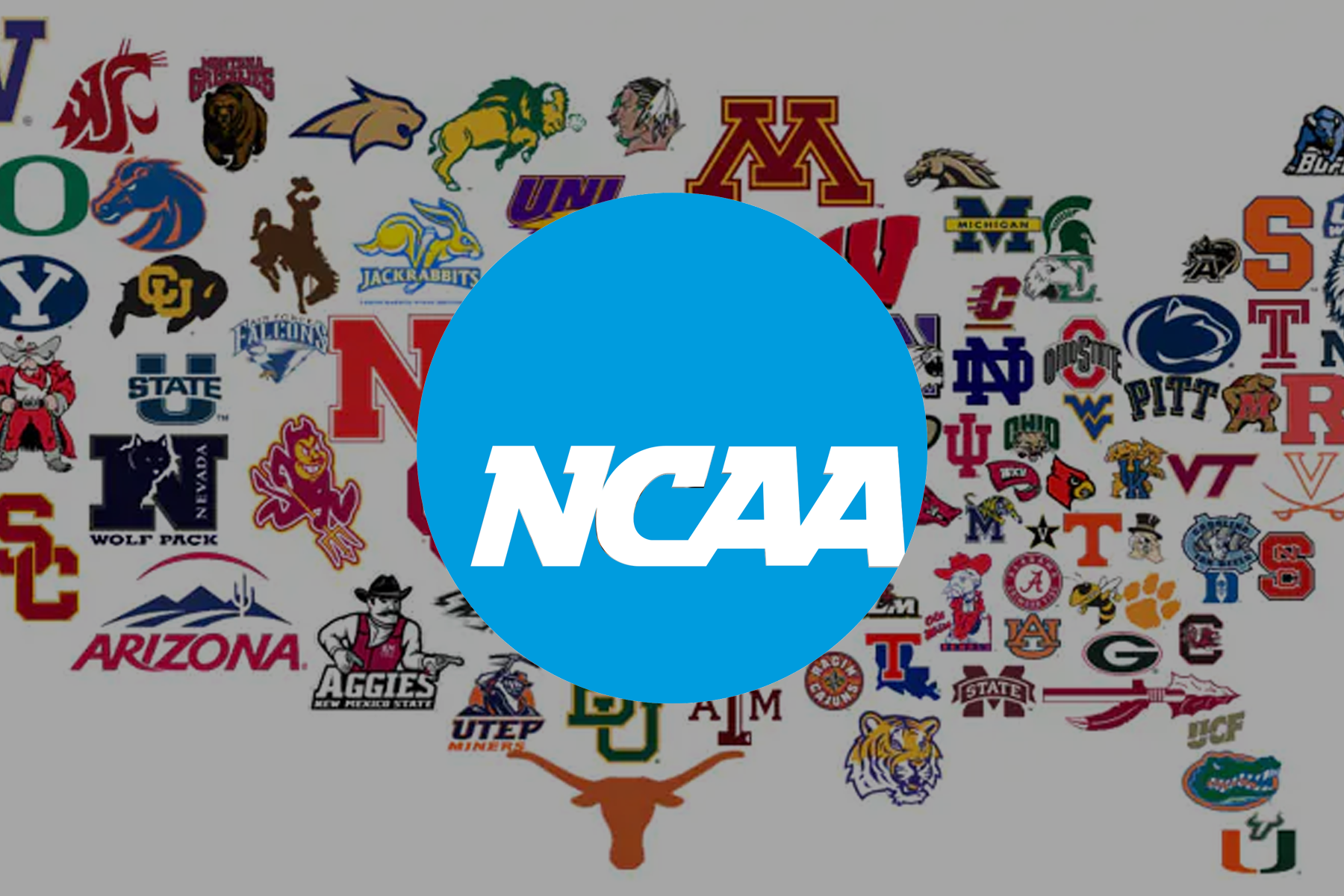As the 2025-26 collegiate sports season approaches, the NCAA finds itself in the midst of an ambitious rebuilding process, driven as much by legal imperatives as by strategic necessity. How the association adapts may determine the shape of college athletics for the next decade.
At the heart of the transformation is the settlement of House v. NCAA which was granted final approval in June. Under the settlement, Division I institutions are now permitted to directly compensate student-athletes, marking a dramatic departure from decades of amateurism-based policy. The settlement also paved the way for revised rules on roster limits, scholarship structures and name image likeness (NIL) arrangements. This is far from a cosmetic change as it reshapes the fundamental financial underpinnings of many athletic departments.
In tandem with compensation shifts, the NCAA is pursuing a sweeping overhaul of its governance architecture. The Division I Board of Directors has approved a restructured committee system that significantly increases student-athlete representation while reducing procedural complexity. More strikingly, the “Power Four” conferences, namely the Big Ten Conference, Big 12 Conference, Southeastern Conference and the Atlantic Coast Conference, now have weighted voting control over major governance decisions, with reports indicating they will hold approximately 65 per cent of the vote on key oversight committees.
This redistribution of power underscores the reality that not all institutions operate on a level economic playing field: resources, viewership and media rights revenues vary dramatically across campuses. While this model may streamline decision-making, it also raises questions about the voice of smaller conferences and programs with less funding.
From an operational standpoint, the NCAA has moved to enhance clarity and agility. The number of standing committees has been reduced by about one-third and student-athletes now hold voting seats on nearly every committee that affects their sporting lives. Meanwhile, sport-specific rule updates are imminent. For example, the men’s basketball rules committee approved coach’s challenge options for out-of-bounds, goaltending and restricted-area calls ahead of the 2025-26 season.
Yet the rebuilding effort is not simply about new rules or top-down structural change. One of the arguments made by reform advocates is that the NCAA must align its regulatory model to reflect a “holistic” student-athlete experience, including long-term health, academic transition support and career preparation beyond sport. These commitments will require ongoing investment and institutional buy-in across a wide variety of schools.
With change pending, there are practical implications for campus athletic departments as they prepare for the season ahead. Institutions must adapt their compliance office to track NIL deals, monitor roster and scholarship changes and ensure that governance adjustments are properly implemented. In many cases, smaller schools may be challenged to keep pace with the administrative burden or strategic repositioning required. Meanwhile, the shifting landscape may accelerate further conference realignment or program reclassification as institutions determine where they fit best in this new order.
In short, as the NCAA enters this next season, it is amidst a redefining moment. The rebuilding is not simply about tweaking bylaws; it is about repositioning the entire enterprise. Whether this transformation delivers on its promise of greater equity, clarity and competitive sustainability is yet to be seen. But one thing is clear: the next 12 months will be pivotal in shaping how collegiate athletics evolve in the years to come.

